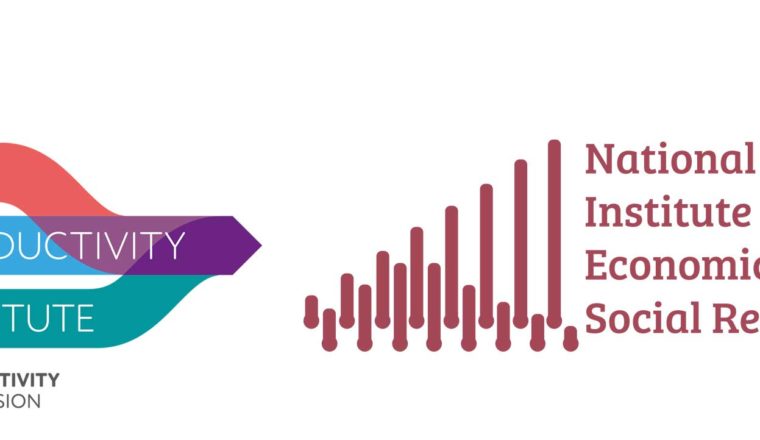Productivity Measurement Analysis series – insights from Q4, 2023
The Productivity Measurement Analysis series, authored by experts in the Institute’s Productivity Lab, reports on productivity trends in the UK, United States and the Euro Area, following the reporting of national statistical agencies. More so than with most other measures, the long-term trend in productivity growth is a critical element of economic growth.
Analysis of productivity for Quarter 4, 2023
Latest ONS figures suggest UK productivity remains in the doldrums by Professor Bart van Ark
UK productivity continues to struggle, according to data released by the Office for National Statistics (ONS) on 15 February. The decline in output per hour worked in the last quarter of 2023 (-0.3%) suggests that UK productivity remains in the doldrums. The even larger decline in output per worker (-0.6%) implies that while employment has increased, hours per worker have declined. The productivity overview for Q3, 2023 was also released. This data showed that productivity did not grow at all in 2023 on annual basis.
Uninterrupted US productivity growth continues by Martin Fleming
US nonfarm business sector labour productivity increased 3.2% in the fourth quarter of 2023, the US Bureau of Labor Statistics (BLS) reported on 7 March. Strong Q4 US nonfarm business sector productivity growth is the fourth consecutive quarter of strong productivity growth with five of the six prior quarters – back to Q4 2022 – growing at a greater than 2.0% annual rate. Strong output growth and a limited 0.6% year-over-year increase in hours worked reflects the maturity of the current business cycle. With the productivity recovery in its early days, whether the underlying factors are business cycle related, early signs of a long-term technology-driven trend, or a combination of both, remains unclear. Whatever the origins of the nonfarm business sector productivity growth revival, manufacturing sector productivity remains challenging.
Labour productivity in the Euro Area declines for the third year in a row, while the US is racing ahead by Klaas de Vries
Labour productivity in the Euro Area, defined as real GDP per hour worked, was largely unchanged in the fourth quarter of 2023 compared to the previous quarter, according to figures released on 8 March by Eurostat. The first estimates for 2023 as a whole show a labour productivity decline of 0.7%, marking the third year in a row of productivity declines. Three consecutive annual declines is an unprecedented feat since the inception of the euro in 1999, and indeed in the entire post-war period. The decline in 2023 was broad based across economies and industries, regardless of size or overall productivity levels. This suggests that the decline in productivity was not driven by structural changes (i.e., countries or industries with below-average productivity levels increasing in size relative to others), but a broad-based phenomenon within countries and industries.
Further information
Read the Q1, 2023 analysis for
Read the Q2, 2023 analysis for
Read the Q3 2023 analysis for
The Productivity Lab is The Productivity Institute’s data science centre of excellence, the “engine room” for collecting, disseminating, and producing productivity data.



